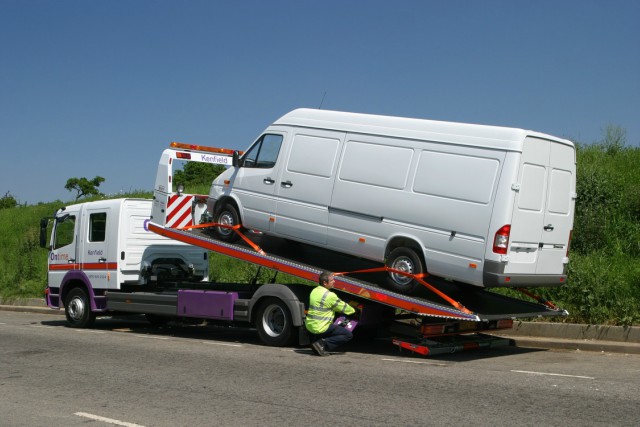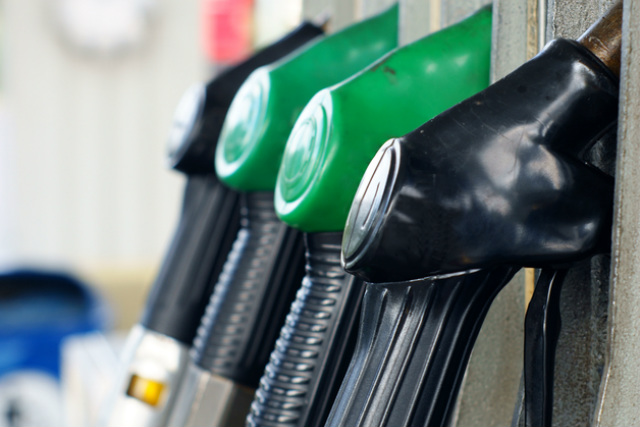Having enough fuel in your car to reach your destination is something every motorist is conscious of. You may have experienced some nervous moments were the needle for the fuel gauge gets very close to pointing at ‘E’ for empty before you refill it with more fuel.
But if your petrol or diesel car reaches the point where it shows empty on the fuel gauge, what actually happens then? The car will likely be able to travel a little bit longer before the engine completely runs out of fuel and conks out. But can you realistically use this to your advantage in an emergency?
In this guide, we explore the subject of how far you can drive when your car indicates it has an empty tank.
How far can you drive on empty?
A common belief is that a car can go on for between 40 and 50 miles when the car’s empty warning light comes on, but this can only be treated as a rough estimate.
One thing for sure is that you can only expect a short amount of distance to be covered before the car will start sputtering and shaking, before ceasing to function altogether.

How much exactly ‘a short amount of distance’ translates to is difficult to answer since there are wide range of factors which influence what distance you would be able to travel. These include the car you’re driving, the conditions of the road, how even the road is and the level of traffic around you.
Put simply, running on empty is ill advised. Besides the obvious risk of coming to a sudden halt on the road, doing so can also do serious damage to your car’s fuel tank and other key components. When the fuel level gets low on a car, there's a chance the vehicle will pick up debris from the bottom of the tank, potentially damaging the fuel filter, pump and catalytic converter.
How much petrol is left when the light comes on?
When the initial warning light for low fuel appears (usually a yellow or orange symbol of a fuel tank on your dashboard), the amount of fuel left in the fuel tank can vary depending on what car you’re driving.
There is no statutory amount that should be left in the fuel tank before the warning light appears. For quite a few cars on the current market, the warning light usually appears when the car estimates it has enough fuel to travel 50 more miles.
However, different cars consume fuel at different rates so the amount required for 50 miles varies from model to model anyway. Besides, even if the car says it can travel for 50 miles when the warning light appears, the actual total distance you’ll be capable of covering is different in reality and in many cases will actually be below 50 miles.

Past research provided by independent drivers on TankOnEmpty.com can provide some insight into what sort of mileage you can realistically expect is left when certain popular car choices start showing their low fuel warning light.
For instance, it’s been estimated that a Ford Fiesta can travel for 38 more miles on average when its fuel light appears. For the larger Ford Focus, the estimate is changed to 41 miles, while the Vauxhall Corsa is found to average 32 miles and the Nissan Qashqai averages 43 miles.
How does the reserve tank work?
When your car starts showing the low fuel warning light, the fuel gauge needle will be pointing just above the ‘E’ empty mark where there are red lines grouped closely together.
At this point, the car is now using reserve fuel which is intended as a last resort to get the driver of the car to the nearest refuelling point. There is no standard for how big the car reserve tank of fuel is on cars. In most cases though, it represents about 10-15 per cent of the overall size of the fuel tank.




